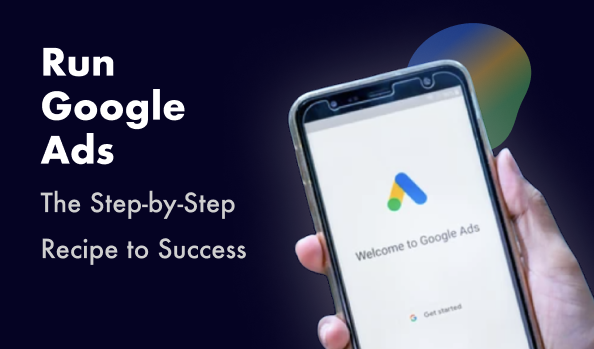Google Ads can be an incredibly effective tool for driving traffic and sales, but only when used correctly. Mistakes in campaign setup and management can lead to wasted budgets and poor results. Here are three common Google Ads errors to avoid to ensure your campaigns are as effective as possible.
Don’t Run Ads Without Conversion Tracking
Launching ads without conversion tracking is a major mistake for two key reasons:
- Lack of Optimization Data: Without tracking conversions, it’s impossible to know which ads are effective, making it difficult to optimize campaigns.
- Limited Google Ads Assistance: Google Ads relies on conversion data to help optimize your campaigns. Without it, you’re missing out on Google’s automated optimization capabilities.
To set up conversion tracking, first determine what constitutes a conversion for your business. For an online store, conversions typically mean sales. It’s best to track purchases with details like item price, name, transaction ID, and more.
You can find the eCommerce Tracking setup documentation for your online store here.
For projects where users fill out forms, track form completions.
Various tools are available for setting up tracking. We recommend Google Tag Manager, as it allows you to configure almost any event. Here’s the documentation on setting up GTM: Google Tag Manager Setup.
Don’t Mess with a “Well-Performing” Campaign
If your ad campaign is delivering good results, it’s better not to make changes. We often see successful campaigns undergo significant modifications, which can lead to a decline in performance. By “not messing,” we mean avoiding major alterations.
When auditing a campaign, start by evaluating key metrics like conversions and revenue. If the results align with your KPIs, the campaign is performing well, and there’s no need for significant optimization or changes. Even if you notice errors, it’s often better to leave the campaign as is while it’s consistently delivering results.
Why shouldn’t you mess with a “well-performing” campaign?
Making changes to a successful campaign can cause Google’s algorithms to readjust, which can often negatively impact performance.
What changes can harm your campaign?
- Changing the bidding strategy: This can trigger a new learning phase, leading to decreased performance.
- Drastically changing the budget: Increase the budget gradually, by 20-30% at a time.
- Modifying ad copy: This can disrupt a working strategy.
- Adding many new ad groups, keywords, or ads: This can confuse the algorithms.
- Updating ads by turning off old ones: It’s better to add new ads without immediately disabling the old ones.
- Pausing the campaign for several days: This can cause a loss of momentum and lower results.
So, if you have a stable and effective campaign, it’s better not to make radical changes.
Don’t Panic and Make a Thousand Changes Daily if You’re Not Getting Conversions
If your ads aren’t converting, don’t rush to make a lot of changes at once. Start by checking your conversion tracking—something might have gone wrong there. Next, look at how other traffic channels are performing. If you see a drop across all channels, the issue might be with your website or due to external factors like holidays, seasonality, elections, or natural disasters.
Check the quality of your traffic:
- For search campaigns: Go to the search terms report and see which keywords are actually driving users to your site.
- User behavior on the site: If users are landing on your site and bouncing off quickly, inspect the technical aspects of your site.
If everything seems fine, you might not be getting enough daily traffic. For example, if your conversion rate is around 1%, you should aim for at least 150 visitors per day. This daily volume is crucial for assessing whether your campaign is effective or if a new one needs to be launched.
Recommendations:
- For lead generation (form submissions, registrations, etc.), we suggest starting with a search campaign. If that doesn’t work, try display ads.
- For e-commerce, use Performance Max with Shopping feed and Search Ads.
- Video ads are typically effective for brand awareness.
Sometimes, the issue is that you launched the wrong type of ad campaign initially, which is why you’re not seeing conversions.
Conclusion
Navigating Google Ads effectively requires understanding what not to do just as much as what to do. Avoiding these common Google Ads mistakes—such as neglecting conversion tracking, altering well-performing campaigns, and overreacting to fluctuations—can save you both time and money. Remember, successful ad management is about patience, analysis, and making informed decisions.
At Optimyzee, we leverage data from over 10,000 campaigns to help you create and optimize Google Ads like a pro. Whether you’re new to advertising or a seasoned marketer, our tools are designed to maximize your ad performance with minimal effort.
Start your free trial today and experience the power of Optimyzee’s automated Google Ads (AdWords) software for yourself!












